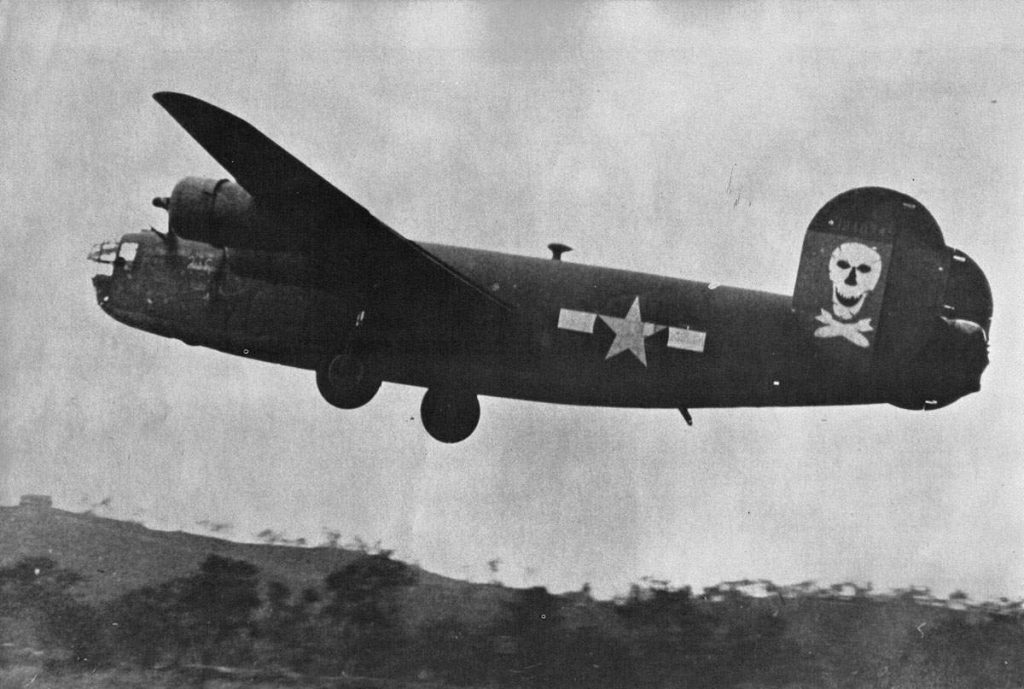What’s in a Title?
A DEEPER LOOK: PURSUED: TEN KNIGHTS ON THE BARROOM FLOOR (from the notes of Mel R. Jones)
 You might ask, “What’s with this unusual, paradoxical title, Pursued: Ten Knights on the Barroom Floor? Thoughts might occur to you, such as, “We expect ‘knights’ to be noble defenders in service to the greater good. What are they doing on the ‘barroom floor?’ And ten of them at that! They certainly must be lost to their mission. Does anyone really care if they have fallen? Why try to find, or ‘pursue,’ them?”
You might ask, “What’s with this unusual, paradoxical title, Pursued: Ten Knights on the Barroom Floor? Thoughts might occur to you, such as, “We expect ‘knights’ to be noble defenders in service to the greater good. What are they doing on the ‘barroom floor?’ And ten of them at that! They certainly must be lost to their mission. Does anyone really care if they have fallen? Why try to find, or ‘pursue,’ them?”
As a nation, we do care about our fallen soldiers and airmen who died to protect their country. We do wish to recover their remains whenever possible to honor their service and help bring closure to their grieving families no matter how many years have passed since their demise.
In our story, thirty years have gone by before a crashed WW II B-24 Liberator bomber is accidentally discovered in 1973 by an Australian kiap and his constables in the Southern Highlands District of Papua New Guinea in the Mount Bosavi region. What’s more, there’s evidence that a more recent crime scene has occurred within the wreckage. When notified, the Americans send a physical anthropologist and her U.S. Army remains recovery team to search for the “ten knights,” or ten crew members, dead or possibly still alive, of the ill-fated bomber, named Ten Knights on the Barroom Floor. And a forensic pathologist joins the team to investigate mysterious criminal activity that later had occurred at the downed aircraft site.
But what about the unusual name painted on the fuselage of the crippled aircraft? The Australian discovery group remarked, “It’s a strange name for an aircraft, even for the Yanks. Oh, well. Must’ve meant something special for the crew who flew her.”
So, what did the name mean to the B-24 aircrew? Later, in the story, a pilot’s log is discovered which reveals the answer. We learn that the ten man crew in question didn’t have their own aircraft at first, only lots of dead time in New Guinea that drove them nuts. In the evenings they “drank and fought the air crews who were doing something meaningful—anything to combat boredom.”
But, in December 1943, General Douglas McArthur himself directed the “Knights of the Barroom Brawls” as he called them, be given a B-24 and a chance to show “they could fight in the air as well.” Thereafter, the first aircraft to come through the pipeline to Port Moresby went to the brawling crew who painted, Ten Knights on the Barroom Floor, on their lady’s fuselage in honor of “escapades so notorious even the brass noticed their plight.” One of the crew members “midnight-requisitioned” the suit of armor handing above the bar in the officer’s club as a totem to accompany the “ten knights” on their first B-24 bombing mission to Wewak the following day…
Thirty years later, one of the characters involved in the “B-24 case” commented: ”Aren’t we all ‘Knights on the Barroom Floor” in this fallen world, hopefully to be lifted up when we close the door on this life?”
What’s in a name or title, then, no matter how strange? Perhaps it holds within it the hope of the human soul that there has to be a better way, a peace without conflict, or paradox, where we are all one, living the noble nature of the “knight,” no longer on the “barroom floor.”
[avatar]Marian[/avatar]
